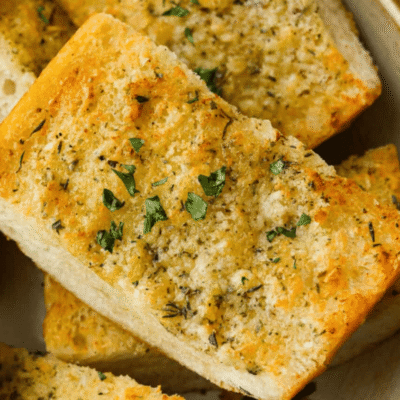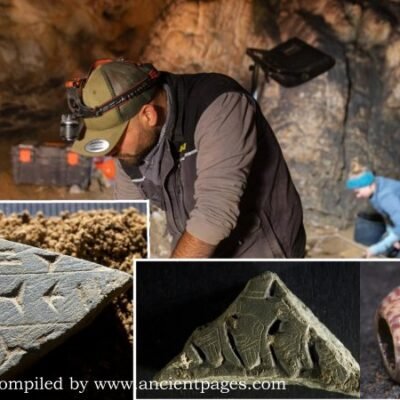Dutch designer Viktoriya Gotseva has countered this phenomenon by offering children a sustainable and creative way to play and recycle. Over the past two years, her invention, Cubcho, has traveled to multiple countries, allowing kids to create their own building blocks from waste paper and other natural materials like sand, coffee grounds, vegetable peels, spices, flowers, and more. Recently, Cubcho received support from backers in over 15 countries and was fully funded on Kickstarter, marking a crucial first step toward larger-scale production.
As a mother and a designer dedicated to the early childhood development, Viktoriya believes that imagination, creativity, and self-esteem are foundational to a child’s overall growth and success, which screens and most toys often fail to nurture. Supporting these aspects is crucial for several reasons:
Children learn through play. The way they play and the tools they use significantly impact their development and future. As busy parents, it can be challenging to find the time and resources to provide the right activities that stimulate creativity and growth in our children.
Hands-on sensory play, while often messy, plays a crucial role in a child’s health and development. These activities stimulate a child’s senses, helping them build cognitive skills and understand their world. Despite the potential mess, sensory play should not be cut short as it is vital for development.
Benefits of Hands-On, Creative Play
Cognitive Development: Imagination helps children understand the world around them and enhances cognitive flexibility.
Problem-Solving: Making decisions encourages children to think creatively and develop innovative solutions.
Critical Thinking: Creative activities foster critical thinking and the ability to approach problems from various angles.
Confidence and Pride: As children create and see the results of their efforts, their confidence grows, encouraging further exploration and learning.
Motivation: Positive self-esteem motivates children to pursue new challenges and persist in the face of difficulties
How to Reduce Screen Time and Support Exploration and Sensorial Play?
Engaging and Interactive Play: offer a rich, multi-sensory experience that captivates children’s attention and keeps them engaged for extended periods. The process of making cubes from paper pulp involves tactile, visual, and kinesthetic learning, which is more immersive than passive screen activities.
Encouraging Creativity and Problem-Solving: children should experiment with different materials, colors, and designs, fostering critical thinking and creativity.
The hands-on approach helps develop problem-solving skills and artistic
expression, providing a meaningful alternative to screen-based entertainment.
Promoting Physical Activity: Hands on play involves fine and gross motor skills, from preparing the paper pulp to pressing and assembling the cubes. This physical activity supports coordination, dexterity, and overall physical health.
Facilitating Family Bonding: Cubcho enables collaborative play between children and parents or caregivers. Working together strengthens family bonds and enhances social skills through shared activities.
How to Empower Children to Play Sustainably
“In the era of throwaway plastic toys, Cubcho empowers children to create their own play in a simple, fun, and eco-friendly way using just paper,” says Viktoriya Gotseva, the founder of Cubcho. By turning everyday paper waste into valuable playtime treasures, Cubcho not only reduces waste but also fosters a mindset of sustainability and resourcefulness in young minds.
How can you create your own building blocks only from paper and water?
Prepare the Pulp: Soak used paper in water and blend it into a smooth pulp.
Add Excitement: Mix in colors and natural materials like coffee grounds, flower petals, or spices.
Make the Magic Blocks: Fill the Cubcho tool with the pulp, press, and release your unique building block.
Dry and Play: Let the cubes dry and enjoy endless creative possibilities.
Engaging Play that Grows with Your Child
Cubcho is designed to adapt to different stages of a child’s development
Ages 2-5: Children practice basic skills like filling the tool with materials, figuring out how to open and close it, and enjoying different textures.
Ages 5-12: Older children use Cubcho for more advanced and creative tasks.
Cubcho has been fully funded on Kickstarter and will be soon accessible to everyone. You can still get Cubcho without the late pledge option and contribute to a future of creative, sustainable play. Visit cubcho.com to learn more, get special offers and join the community of parents and educators dedicated to reducing screen time and promoting eco-friendly play.
About Cubcho
Cubcho was born out of a passion for sustainable play and hands-on learning. After its successful introduction at Dutch Design Week 2022, founder Viktoriya Gotseva and her team refined the product through multiple prototypes and workshops.
Today, Cubcho is ready to bring the best of creative, sustainable play to children around the world.
Awards
2022 Nominated for René Smeets award
2023 Nominated for International Green Concept Award
2024 Winner Awesome Foundation Rotterdam
2024 Supported by Cultuur Concreet Rotterdam
For more information, visit cubcho.com or contact Viktoriya Gotseva at info@cubcho.com.
Kickstarter: https://www.kickstarter.com/projects/cubcho/cubcho-the-tool-that-empowers-children
Press release: https://cubcho.com/press/
Web: cubcho.com





